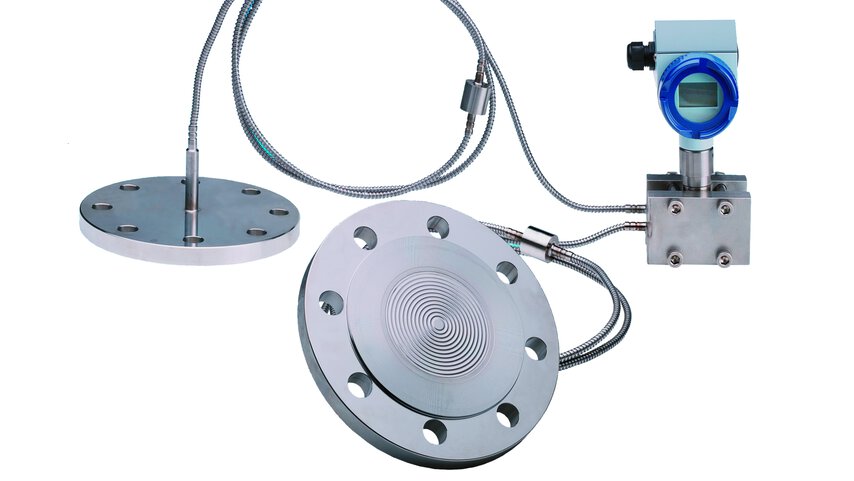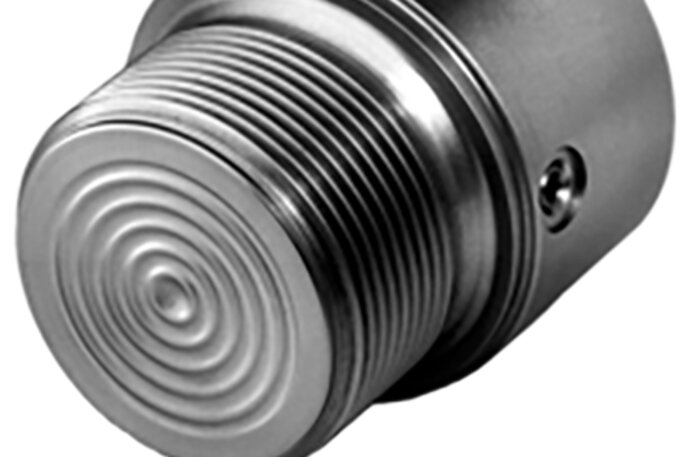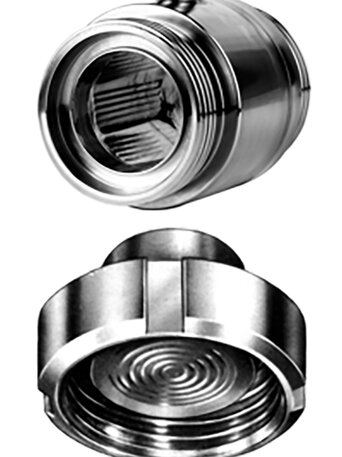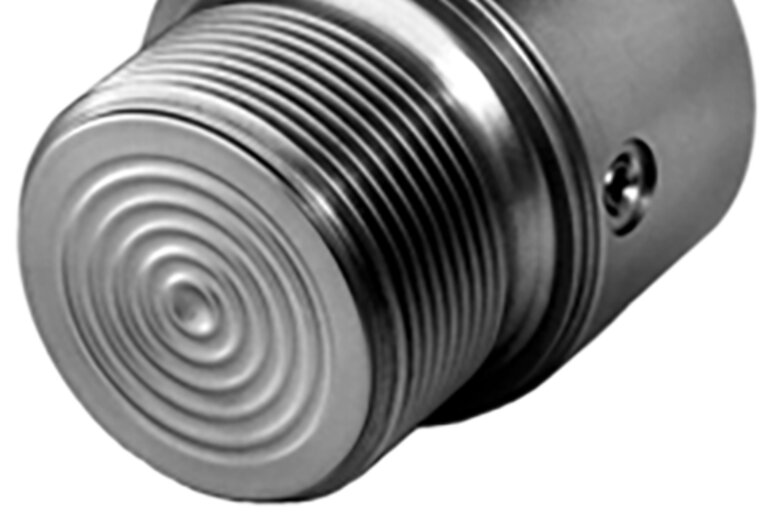

Membrane separator – construction, operation, types and application
Membrane separators are used in a wide range of industries including water demineralization and wastewater treatment, to key processes in the chemical and biotechnology industries. Their role is to separate different components of a mixture, taking advantage of the unique properties of permeable membranes. This technique has become indispensable due to its efficiency, precision and applicability to a variety of industrial processes. In this blog post, we will look at the principle of these devices, discuss their industrial applications and types of membranes. Read on!
Construction and Operating Principle of Membrane Separators
A membrane separator is an advanced device used for the separation, purification, or concentration of mixtures, utilizing special membranes for this purpose. These membranes, being a key component of the separator, are thin, often porous layers of material capable of selectively allowing certain particles or molecules to pass through while blocking others. The operation of a membrane separator is based on the difference in particle size or their solubility, enabling the separation of mixture components based on their size, molecular weight, or other physicochemical properties. For example, in ultrafiltration, the membrane allows small molecules to flow through while retaining larger particles. In reverse osmosis, the membrane is tight enough to only let water molecules pass through, retaining most dissolved salts and other impurities.
In practice, the mixture flows through the membrane, which retains certain components, while others pass through, resulting in the separation of desired components. Membranes used in separators can be made from various materials, including polymers, ceramics, or even metal, depending on the requirements of the application and the characteristics of the substances being separated. Their design and material properties are crucial for the efficiency of separation, operational stability, and resistance to chemical and thermal factors.
Often, a capillary is located between the membrane separator and the measuring element. Its role includes minimizing or eliminating the influence of the process temperature on the operation of the measuring device.

Diaphragm seals with sealing strip flange connections protect measuring devices (sensors and pressure transmitters) from contaminated, hot, viscous, solidifying, crystallizing and corrosive media
Differences between membrane separators and other separation methods
The differences between membrane separators and other separation methods, such as distillation, mechanical filtration, or sedimentation, primarily lie in the mechanism of action and efficiency. Traditional methods often rely on differences in density, solubility, or particle size, which may not be selective enough for some applications. A membrane separator allows for more precise separation of components, which is crucial in processes requiring high purity of the final product. Moreover, unlike thermal methods such as distillation, membrane separation usually occurs at lower temperatures, which is more energy-efficient and gentle on thermolabile substances.
In summary, the membrane separator enables accurate and efficient separation of mixture components, making it an invaluable tool in many advanced industrial processes, especially where traditional separation methods prove insufficient or ineffective.

Two- / three- and five-valve executions of pressure separators
The application of membrane separators in pressure measurements
A membrane separator plays a crucial role in the field of pressure measurements, ensuring not only effectiveness but also safety in industrial processes. Its application is extremely important in cases where process media cannot have direct contact with the measuring elements of the pressure measuring instrument.
Its tasks include:
- Separating the measuring instrument from the process medium: The membrane separator forms a physical barrier that isolates the pressure measuring instrument from aggressive, hazardous, or contaminated process media. This prevents corrosion, damage, or failure of the measuring instrument.
- Transferring pressure to the measuring instrument: The membrane of the separator, often an elastic structure, acts as a mediator. The process pressure is transferred through the elastic membrane to the fluid inside the separator, and then conveyed to the measuring element, i.e., a gauge or pressure transducer. This enables accurate pressure measurement without direct contact with the process medium.

Membrane separator with threaded connection
Step-by-step installation of a membrane separator
The installation of a membrane separator involves placing it on connectors or flanges. The installation procedure includes:
- Preparing the connectors or flanges: Proper fitting and preparation of the connectors or flanges, which are part of the system.
- Mounting the membrane: Placing the membrane on the connector or flange, ensuring the proper tension of the membrane.
- Securing the membrane: Additional protections, such as sealing rings, are used to protect the membrane from damage and contamination.
The installation of a membrane separator is a crucial step in ensuring its effectiveness in the pressure measurement process.

Pressure separator with dairy connection
The use of membrane separators in industry
Thanks to their versatility and efficiency, membrane separators are used in many industrial sectors. Below are a few examples that illustrate the range of their application and the benefits derived from this technology.
Water purification and treatment
- Used in demineralization processes, reverse osmosis to remove salts and other contaminants.
- Application in wastewater treatment, including the removal of organic and inorganic pollutants.
- Benefits: Efficiency in removing contaminants, energy savings compared to traditional methods, such as distillation.
Food industry
- Concentration of fruit juices, removal of lactose from milk, clarification of beer and wine.
- Separation and purification of oils and fats.
- Benefits: Maintaining high product quality, minimizing the loss of valuable components, increasing production efficiency.
Biotechnology and pharmaceutical industry
- Purification and concentration of proteins, enzymes, antibiotics, and other bioactive substances.
- Application in the production of vaccines and biological medicines.
- Benefits: High precision of separation, ability to separate delicate biological substances without damaging their structure.
Chemical industry
- Separation and purification of chemicals, desalination of chemical solutions.
- Recycling and recovery of raw materials in chemical processes.
- Benefits: Increased process efficiency, reduction of waste and pollutants.
Gas processing
- Biogas purification, hydrogen recovery, CO2 removal.
- Application in environmental protection technologies, such as carbon capture and storage.
- Benefits: Efficiency in gas separation, potential use in sustainable development technologies.
About the author
My name is Ewelina Szmit and I have been working in the field of content marketing for several years, combining my professional skills with my passion for writing. I believe that even the most technical topics can be presented in an interesting and accessible way for everyone. Outside of work, I develop my creativity by creating newspaper collages. I like to spend my free time most actively, walking my dog or running.

Technical specialist
Jakub Dąbrowski - Inside Sales Engineer +48882351471 Jakub.Dabrowski@JUMO.net +48882351471Comments
We encourage you to leave your comments via the form below. They will be posted online after they have been approved through our review process.

